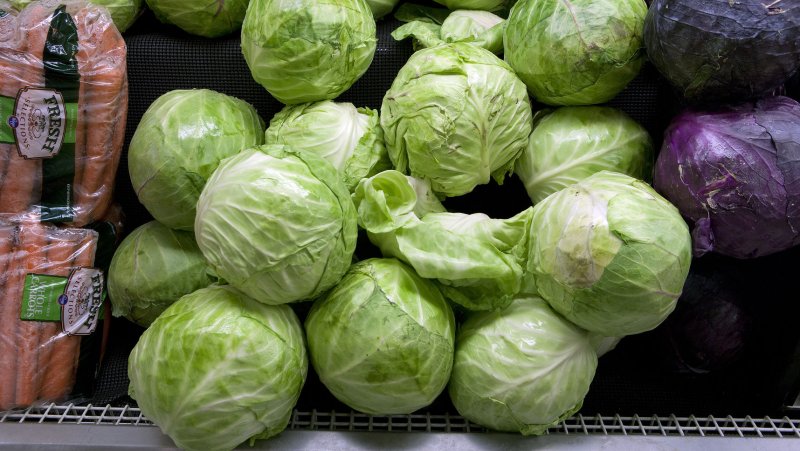In 2012, nearly 49 million Americans lived in "food insecure" households and couldn't consistently afford or access enough healthy food. (File/UPI/Gary C. Caskey) |
License Photo
According to a newly released survey from the U.S. Department of Agriculture, nearly 49 million Americans lived in "food insecure" households in 2012, meaning they did not have consistent access to enough healthy food to support all household members.
This works out to about 14.5 percent of households in America -- a percentage that has remained largely unchanged since the 2008 financial crisis, while federal spending on food stamps has more than doubled
From 1998 through 2007, by comparison, the percentage of insecure households averaged about 11 percent.
Last year, the federal government paid more than $74.6 billion to provide 46.6 millions Americans with food stamps, now known as Supplemental nutritional Assistance Program (SNAP) benefits. In 2008, it paid $34.6 billion in benefits for 28.2 million recipients.
More than half the counties with the highest concentration of food insecurity are rural, and in many of those counties the percentage of food insecure households is far higher than the national average.
Part of the 2009 federal stimulus bill allowed states to waive work requirements for unemployed, able-bodied adults with no dependents to collect SNAP benefits, but that federal waiver is set to expire September 30.
In July, Congress stripped the Farm Bill of food stamp appropriations, with many Congressional Republicans aiming to reform SNAP in separate legislation.
The House GOP has proposed cutting $40 billion from SNAP over the next ten years by cutting benefits, imposing work requirements and eliminating waivers for able-bodied adults with no dependents unless they work at least 20 hours per week.
Those requirements would include including paid employment or participation in workfare, public service, volunteer work, or a qualifying job training program. Many states have proposed laws tightening food stamp requirements on their own, including mandatory drug testing for benefit recipients.







